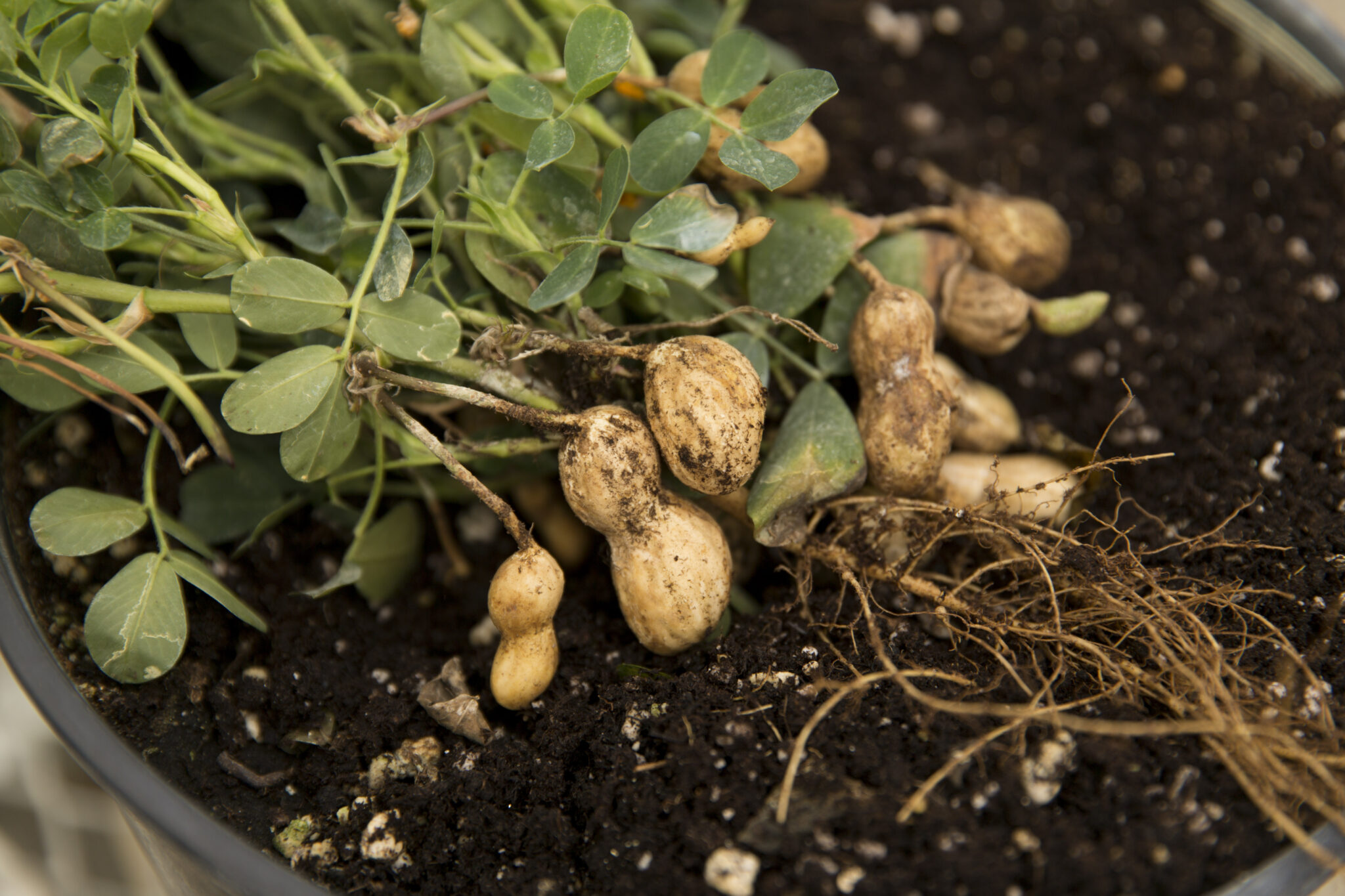When is a Vidalia onion not a Vidalia onion? University of Georgia researchers are searching for a definitive answer.
George Boyhan, an Extension Service horticulturist with the UGA College of Agricultural and Environmental Sciences, is wrapping up a three-year study on Vidalia onions. He and other scientists hope to help farmers grow the sweetest product and make sure shoppers get a mild, quality onion.
Searching Through the Varieties
"We started with a list of 12 varieties of Vidalia onions that were recommended as Vidalias by the Georgia Department of Agriculture," Boyhan said. "We planted field plots of these varieties and gathered data on their characteristics."
Boyhan said Vidalias have to be a certain yellow-skinned, overwintering type with the same shape as the original Granex 33 variety. But most of all, they have to have the right mild flavor.
At her lab at the Georgia Experiment Station in Griffin, Ga., UGA food scientist Anna Resurreccion coordinates this part of the study.
"For the taste tests, we use a panel of nine people, some of whom have been trained since 1984," Resurreccion said. "Each has had many hours of training ... in rating the flavor and texture properties of food."
Trained to Taste
The panelists are screened on whether they can detect a food's sweet, sour, salty and bitter tastes and other attributes, she said.
"They also have to be able to identify a number of commonly found food flavors, including pineapple, banana, vanilla, orange, lemon and licorice," she said. "Then we train them to give a number for the intensity of each flavor."
Resurreccion knows the training is complete when a panelist gives identical ratings each time he evaluates the same sample and when his ratings are consistent with other panel members' ratings.
"Training panelists is a lot like calibrating a machine," she said.
The panelists come from all walks of life. But only one in about 50 people Resurreccion screens will meet all the criteria to become a panelist.
Breaking Down the Tastes
For the onion taste tests, the panel uses salsa as a comparison for a hot food item and horseradish as a pungent food.
"We break down the different tastes in an onion," said Paula Scott, a security guard who has been a panelist for 14 years. "We know the amount of heat in the salsa and the pungency of the horseradish, so we determine where the onion fits. It may have 80 percent of the heat of salsa and 20 percent of the pungency of horseradish."
The
panel also finds whether the onions have a sulfur or a
green-apple
flavor. For each test, the panel rates a representative sample
from 10 onions.
"Some onions out there are being called Vidalias that don't qualify as far as taste goes," said Karen Shockley, a homemaker on the panel. "Even some that are grown in the right region still have a pungent, hot taste and a sulfur flavor. We're searching for a way to assure consumers that Vidalias will taste like Vidalias -- mild and sweet."
UGA horticulturist Bill Randle is analyzing the onions' pyruvic acid content. Georgia Southern University chemist Norman Schmidt is also working on the Vidalia onion's flavor chemistry.
"We want to correlate our results with theirs and possibly develop a chemical test for determining Vidalia onion quality," Resurreccion said.
"The goal is to be able to scientifically determine when an onion should be called a Vidalia onion and when it shouldn't," she said. "Right now there is no chemical instrument that can evaluate all of these flavors simultaneously. We have to rely on people like our trained panelists."
The study is funded by the Vidalia Onion Committee, the grower oversight committee for the federal marketing order. Boyhan hopes to have it completed and a recommendation ready for growers by the end of June.






